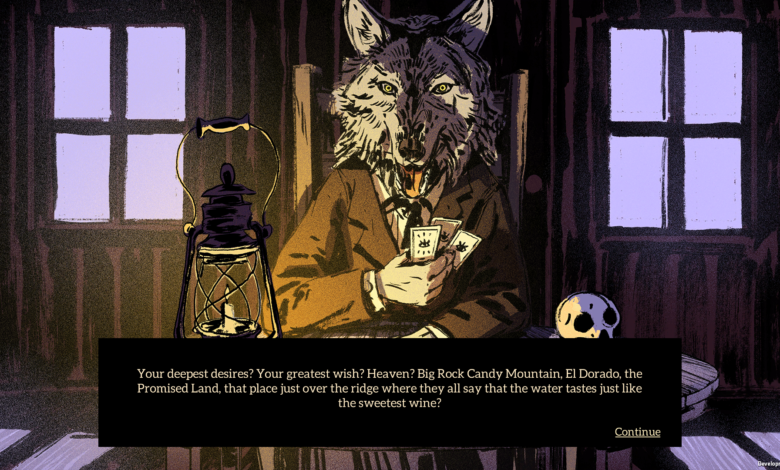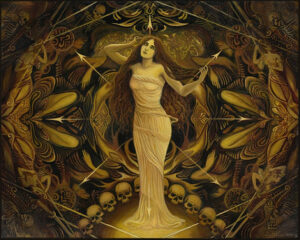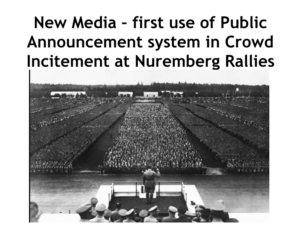
Games Against Hate
Why Hate?
Hate has become an ever present word in UK, with papers brimming with ‘betrayal’, ‘treason’ and daily stoking hate in mainstream media like Daily Mail, The Sun or The Express.
Games against Hate is a series of Cybersalon events where we tackle the rise of hate, investigate it’s taxonomy and look how games can help to mitigate some of the causes of hate.
UK has experienced the big explosion of hate around March 2016. Following months of far right Brexit politicians like Nigel Farage inciting hate against Eastern European, a young Polish man, Arkadiusz Jozwik was murdered by a group of 15-17 year old boys. 
This was the first time boys quite as young as 15 were involved in a hate crime in modern Britain, an attack on an innocent person who had the misfortune of picking up his pizza from an Essex street at the wrong time. His only crime was to speak in his native language.
Who are the new haters?
The rise of far-right attacks in US, UK and Australia shows that the mass shooters, mosque attackers and killers of innocent people on the ground of hate are typically young men, with age range from 15-32 (the latest attack on New Zealand mosque was carried out by 28 year old man). The explanation given is typically that YouTube hate –spreading may be behind the reasons for the attacks.
The exception was the killer of Jo Cox MP, who at 52 years old, was more likely a victim of stoking hate by printed media like Daily Mail or The Sun, as he was outside of the social media/YouTube or Twitter age bracket.
 These typical killers -young men -are in the age group that is increasingly spending a lot of time playing video games. The games industry has grown rapidly, now overtaking movies and TV in both the size of revenues as well as time spend on gaming versus TV.
These typical killers -young men -are in the age group that is increasingly spending a lot of time playing video games. The games industry has grown rapidly, now overtaking movies and TV in both the size of revenues as well as time spend on gaming versus TV.
The average gamer spends 5-10 hours per week playing games. This creates an opportunity for the gaming industry to take a pro-active role and include anti-hate narratives and positive role models into the playmaking.
Taxonomy of Hate
In order to explore those opportunities in games as a hate-mitigating medium, we need to understand Hate in a more granular way. Although as an emotion it is a taboo subject, Hate has been with humans since the beginning of culture, captured as Eris in the archetypal Greek Myths.
Named Eris, goddess of Hate had many troublesome children like Chaos, Ruin, Jealously, Anarchy and Decline. But Eris is also often presented as seductive, attractive, promising rewards and excitement for the victim who follows her into temptation.
She is often portrayed with an apple in her hand, as a symbol of temptation leading to a disaster. One wonders if Steve Jobs subconsciously was trying to tell us something?
Nietzche’s Hate Table
There are 3 basic types of Hate:
Hate Up – hate of the more powerful individual or group
Hate of an Equal
Hate Down – hate of less powerful person or group (often associated with Scapegoating/Sacrifice seeking to appease gods, usually selecting a group that is expandable, children, young girls, minority tribes that can’t object or rise up in revenge).
Nietzsche made some inroads into taxonomy of Hate, noting that Hate and Strength need to be classified together to understand types of Hate. People often hate UP – hate people or groups that are a threat to them, who are stronger and who present a risk.
This is the hate of colonialists (Indians hate of British colonialists, Eastern European conquered nations hate of Russians, Kurds hate of Turkish majority) – this is a self-defence hate directed against invaders, against soldiers from more powerful enemy.
Hate Down – scapegoating/victim seeking were behind mass shootings in Florida or hate leading to a murder of a young Polish man in Harlow (Essex). He was not threatning anyone, and the group of teenagers was much bigger, not at any risk in the circumstances.
Neither he represented a group that signified a risk to English local population, with the number of Polish people living locally just under 0.1%. This is a hate crime against a smaller, weaker group, considered expendable and ‘hateworthy’.
Another type of hate is the hate of individual or a group equal in strength, where the example could be the historical hate of the French in Britain. Both countries are equally powerful, and there is no hate incitements against 300,000 community of French in London, despite the influx from France being of rapid nature after the tax increases by Hollande in 2012.
Again, that is not the type of hate that drives white young men to shoot mosques and schools. Violence against this group would be risky to indigenous group as crime may well be met with equal violence.
The type of Hate that is responsible for mass shooting is therefore hate DOWN, hate of the ‘lesser’ strength, of individual or a group who is less important, who is not a threat, who has often less rights, who is different but the difference itself is not of a dangerous nature.
The attacked group is expendable, can’t defend itself.
This hate is seeking a group that is ‘hateworthy’, different and weaker, like Jews in Nazi Germany or Eastern Europeans in Brexit Britain. This is the hate seeking a group to sacrifice, to slay on the altar of the killer own inadequacies, fears and ignorance.
This is a type of hate that seeks a scapegoat, someone or a group that can be blamed by the hater for his own poor societal standing or hater’s own problems. In psychoanalysis, Carl Jung has explored the architype of a scapegoat and a self-glorification temptation of those who do the slaying out of hate down.
This is a dark territory of sefl- glorification by seeking death of others from attacked scapegoat community, themes well know from Nazi obsession with Jewish and Roma communities.
Those communities were small (less than 1% of general population), couldn’t defend themselves and were presented to the masses as a ready-made scapegoat group. British far –right has selected Eastern Europeans in the same pattern.
Hating those who are different but are ‘expendable”, easy to incite hate against as they can’t defend themselves is the typical Emotion of “hating down”.
New Media and Hate
As Hate has been around us since time begun, it has often been promoted by new media and new technologies.
Nazi hate incitement and working Nazi crowds to a frenzy during Nuremberg Rallies (1923-38) was achieved thanks to a new technology.
Gathering a very large number of people, up to 750,000 in the final years, was simply impossible before the invention of Public Announcement System. The advances in audio tech were jumped at by Nazi propaganda and quickly put to work to whip the Nazi crowd into fascism fever. Historians put Nuremberg rallies as core factor around which Nazi ‘faith’ has spread in a viral manner, as those attending the rallies were deeply affected by simply being together with 750,000 others joined in a shared hate against a scapegoat community of Jews. 
However, technology is ultimately neutral, it depends who takes control of it. There are many positive examples of large peaceful religious gatherings or festivals where amplified sound is used create a positive, bonding experience.
A good example of new media use for a beneficial purpose was Facebook use in 2011 during Arab Spring. The users of social media platform have expressed their solidarity with murdered young Egiptian Khaled Said by changing their own photo on FB profile into the photo of Khaled, beaten to death by Egyptian police. This movement provided a sense of empowerment and initiatied Egyptian revolution and Arab Spring, overturning a number of dictators.
Hate of those less equal, of those ‘expendable’ and those who fit ‘scapegoat’ profile is something that game play can expose, counter, mitigate and address.
Playing a game for a few hours could provide ample opportunity to learn, engage with and explore the worlds of others, learning about ‘their ways’ and finding out the positive in the life of other, less powerful groups.
Here we picked 3 games that address some of those gaps and show how the ignorance can be turned into a discovery of new knowledge.
RESOURCES:
Watch Games Against Hate intro
Review of Never Alone or why Inupiat community has no privacy – by Ben Greenaway
Breaking ignorance of other cultures thru Virtual Reality – by Castro Vocal from Teeside University




